PROTECT YOUR DNA WITH QUANTUM TECHNOLOGY
Orgo-Life the new way to the future Advertising by AdpathwayFall leaves are garden gold, and chickens benefit from them just as much as your garden does. As you’re mulching your beds and making leaf mold this autumn, save some for your feathered friends! There are several ways to repurpose them to benefit the flock.
Nestled in those leaves are lots of little critters chickens love to eat. The leaves give them a place to forage, stimulating their birdy brains. Leaves are a place for scratching, and they can be moved to the compost pile after the chickens get to them to help you build rich soil.
The best way to pair chickens and leaves? Try making deep litter! If you don’t know how to do this yet, don’t worry. We’ll cover that among these five ways to reuse those fall leaves for your chickens.
Before we get started, I should stress that you should only use non-toxic leaves for areas where chickens are nesting, scratching, and generally hanging out. If you’re unsure about the leaves in your garden, consult this list of toxic leaves before laying them near your chickens.
Farmight Automatic Chicken Coop Door, Aluminum
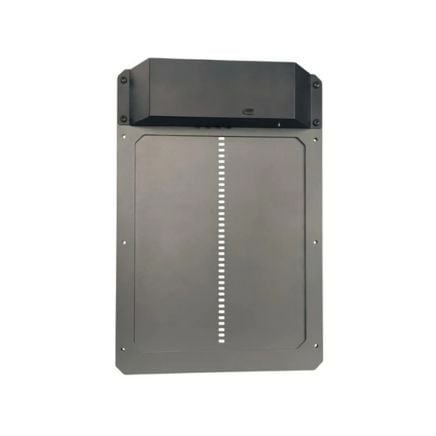
Farmight Automatic Chicken Coop Door, Aluminum
Complete Farmight First Aid Kit for Poultry
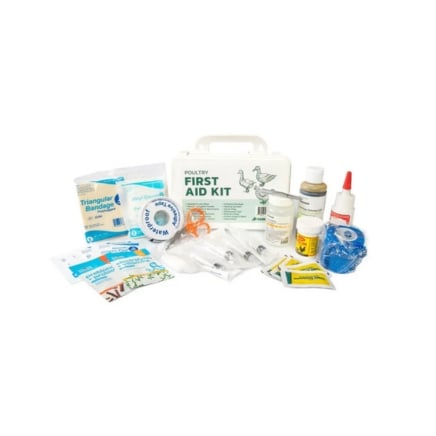
Complete Farmight First Aid Kit for Poultry
RopaPoultry Oregano Oil+ Supplement
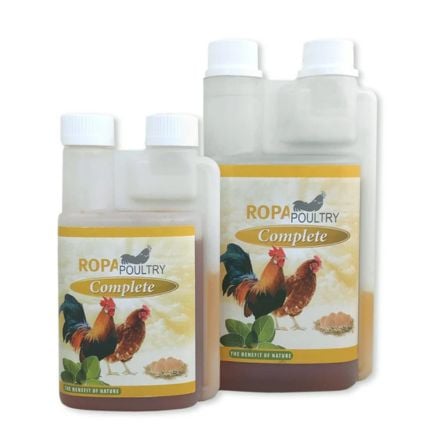
RopaPoultry Oregano Oil+ Supplement (see size options)
How Leaves Benefit the Garden
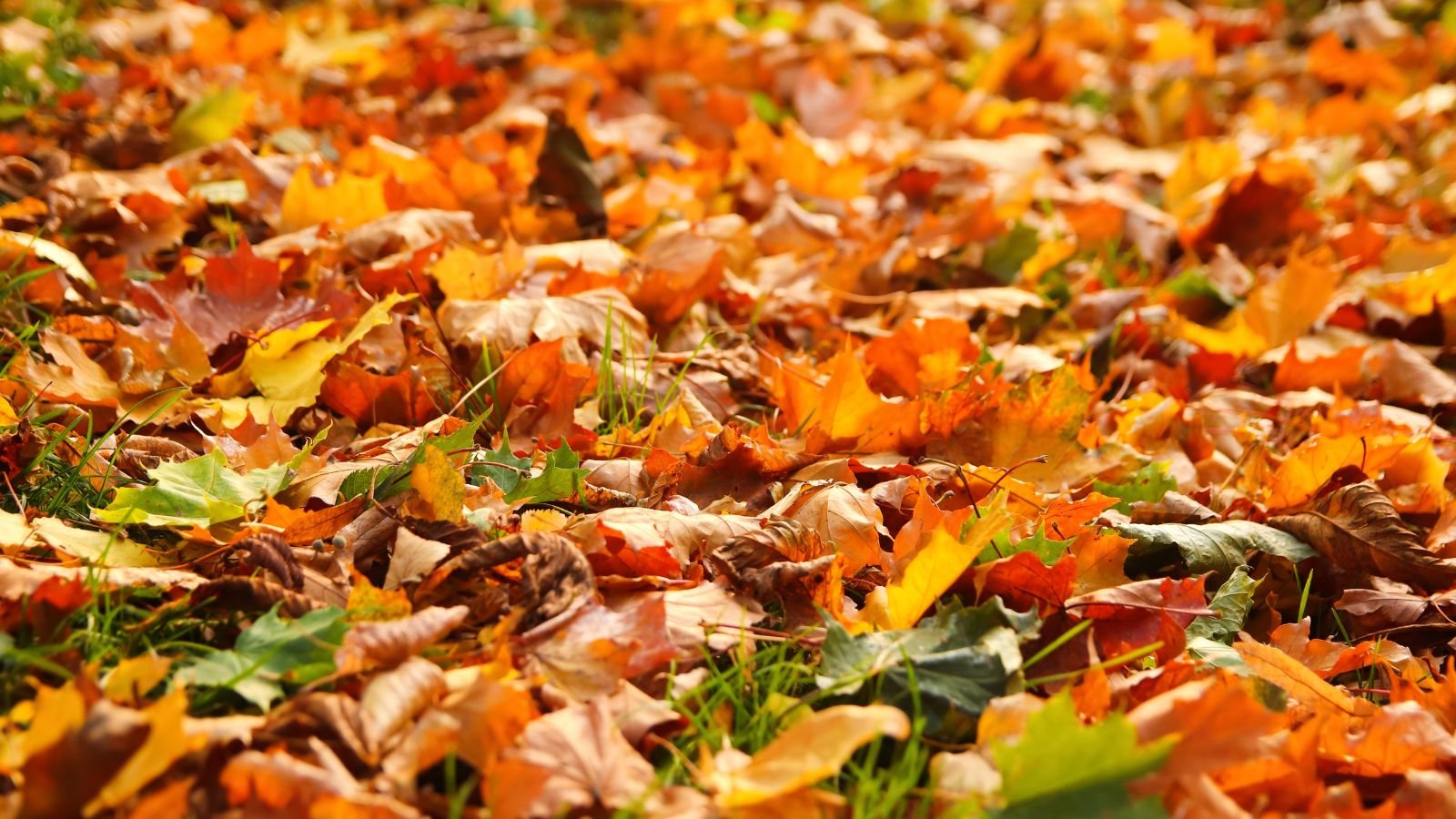 Fallen leaves break down over time to improve soil.
Fallen leaves break down over time to improve soil. Fallen leaves are an important part of the forest ecosystem, and an incredible resource for the beings that live within it. In autumn, as the days shorten and the air cools, leaves of deciduous trees fall to the earth and begin a long process of decay. This decomposition feeds bacteria, fungi, and archaea, and also provides valuable habitat for overwintering insects.
The insects are food for birds and mammals. They are also pollinators that are essential to the continuing cycle of regeneration. Without leaves, a vital piece of this cycle would be absent. We can mimic this cycle in our own gardens, using leaves to cover areas where we want to shelter wildlife and build rich soil.
Where an HOA prevents us from letting the leaves lie where they end up, we can rake them and use them to mulch our garden beds. Or we can gather them and make leaf mold over the winter season to use in gardens and seed starting in spring.
Fallen leaves are a source of nitrogen, potash, and phosphate. As they break down, their chemical composition changes, providing the soil with calcium, potassium, and magnesium. So both forms assist you with gardening, no matter how you use them.
5 Ways to Repurpose Fall Leaves for Chickens
Now that we have an understanding of how the leaves benefit the garden, let’s discuss how fall leaves help your chickens!
Mulch Pathways
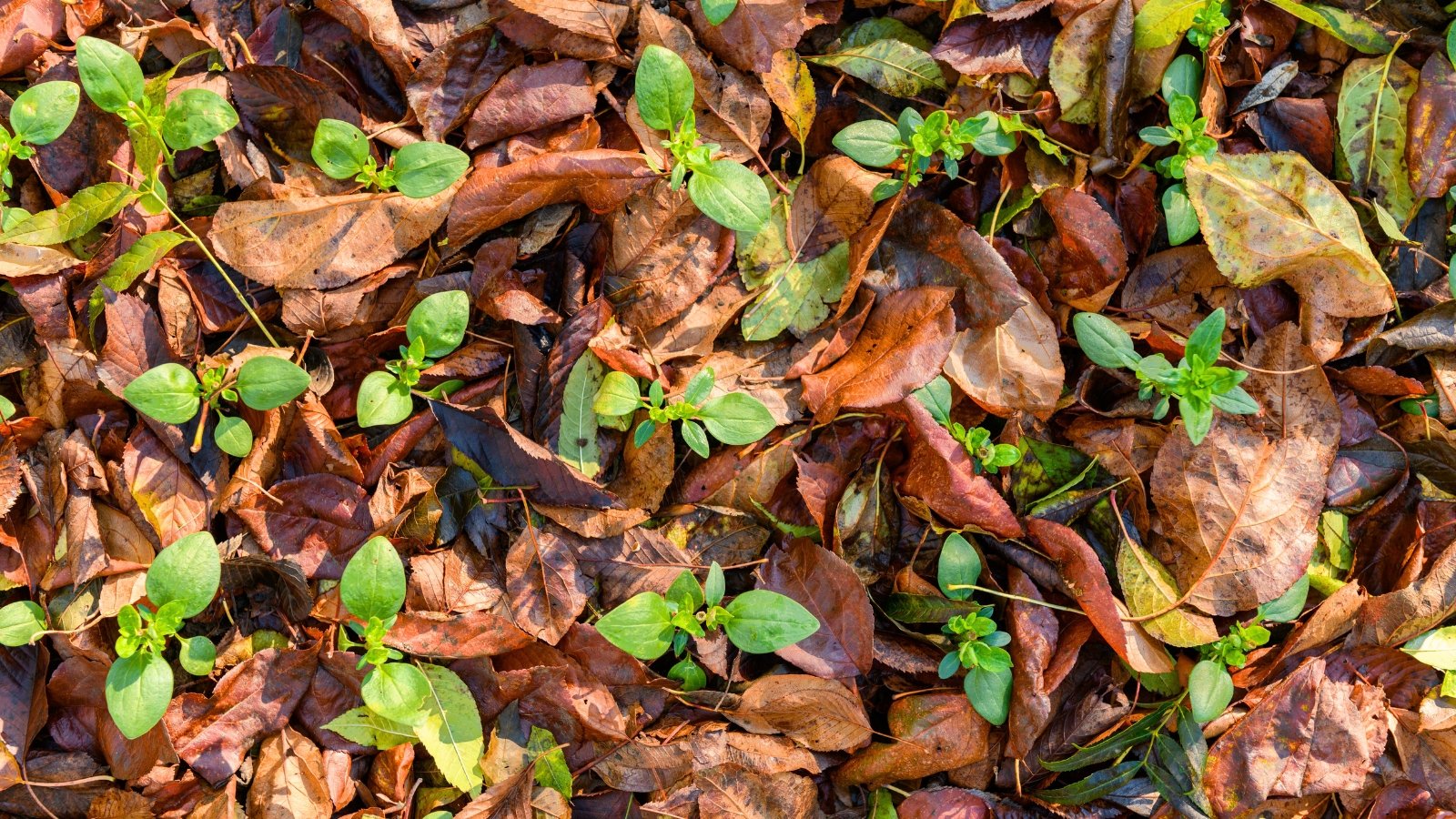 Gather leaves and use them to cover paths to boost soil health.
Gather leaves and use them to cover paths to boost soil health. The paths around your chicken coop and the area in your chicken run both benefit from a soft layer of fallen leaves. Gently rake them up and throw them into the pathways within and around your run.
As the chickens walk around on them and scratch through, you’ll eventually develop a soft and supple soil amendment. If you don’t have garden soil or a seed starting mix that needs amending when they’re ready, throw the scratched-up stuff in the compost pile. It’s totally fine to simply leave them there to break down on their own, too.
Throw Them in Your Chicken Garden
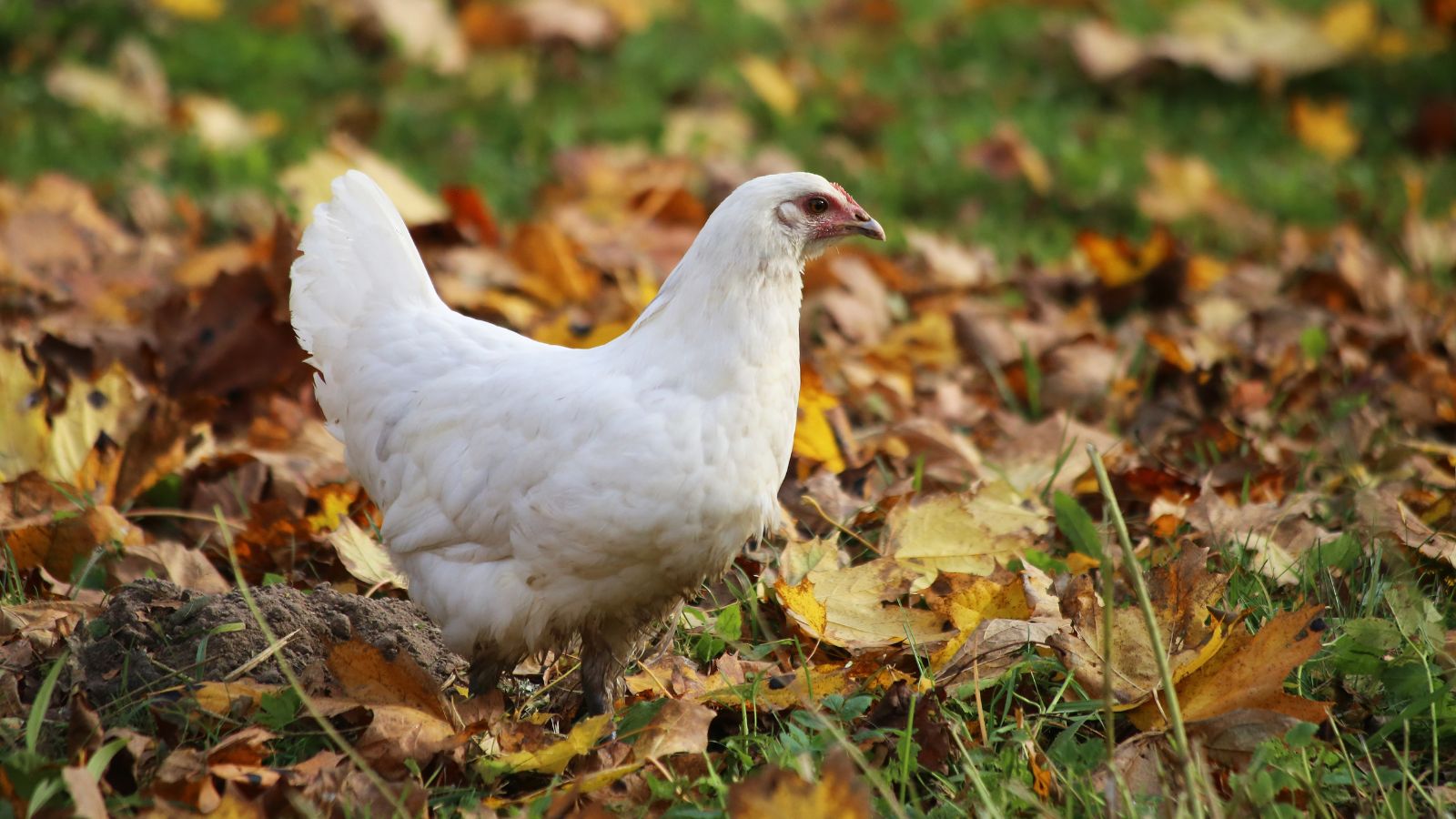 Pile the leaves as is or shred them beforehand.
Pile the leaves as is or shred them beforehand. Let’s say you’ve decided to grow a garden full of plants that chickens can enjoy.
It’s a garden where you don’t mind them tearing things up. It’s full of chicken-safe produce. This is a great spot for your fallen leaves.
A shallow layer of whole leaves is good for the garden soil. You can pile even more of a layer if the leaves are shredded or processed somehow. Processing keeps the leaves from forming a dense mat that is hard for water to penetrate as they decompose.
As they remain on the soil through winter, they protect the plants that are growing there. In cold areas where the entire chicken garden dies back, they insulate the soil and prevent erosion through the frigid parts of the year.
Provide a Scratching Spot
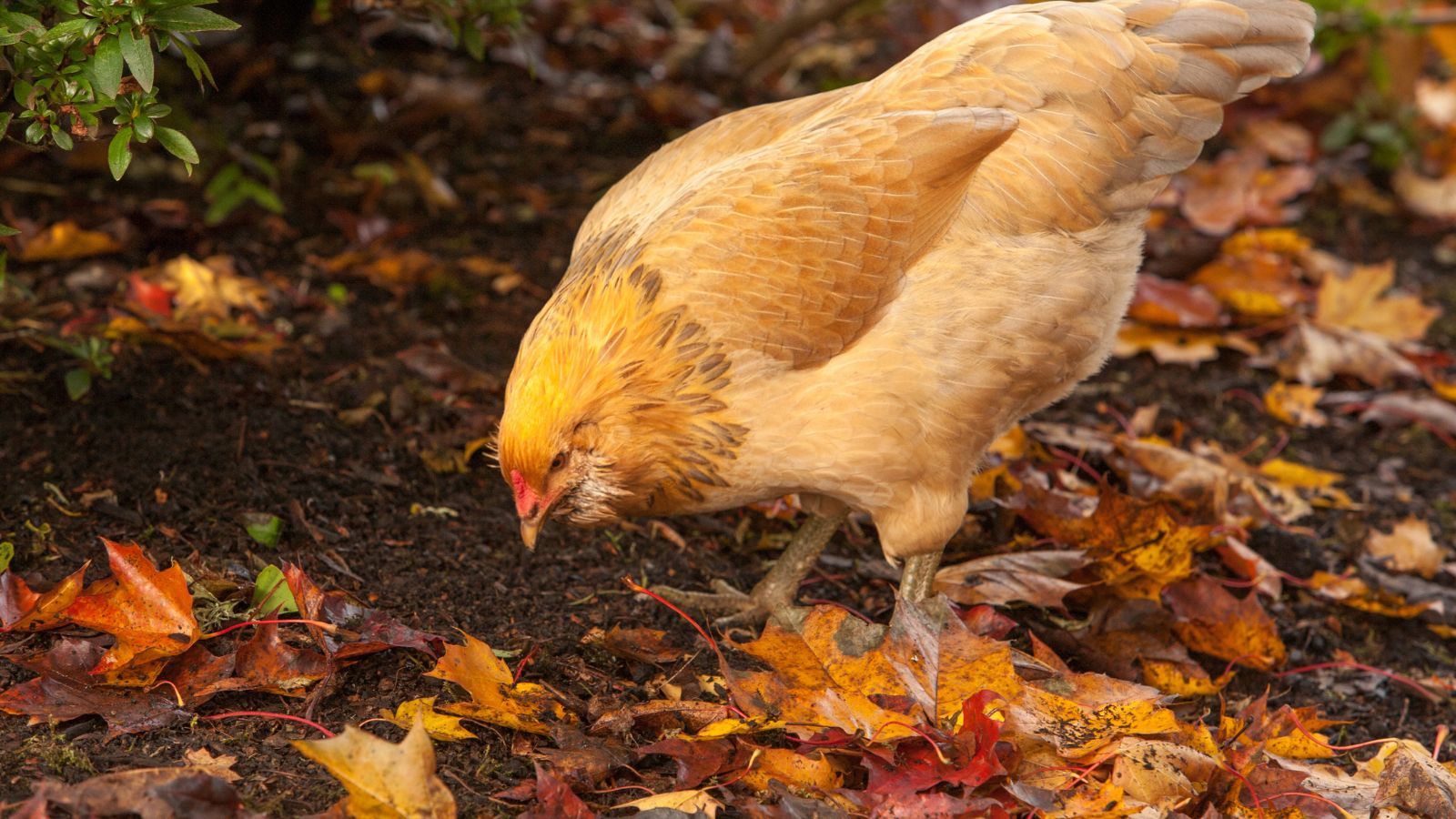 Chickens love scratching spots in the garden.
Chickens love scratching spots in the garden.Anyone who has kept chickens for more than a season knows how much they love to scratch. Leaves are a great way to give them a place to do their thing and find tasty morsels while they’re doing it. Within fallen leaves are plenty of larvae, beetles, and bugs that provide chickens with a supplemental nutrient source.
This is a much better way to give chickens scratch as opposed to using feeds that can be like candy for them in terms of the nutrient value. As they scratch down, they speed the decomposition process, making them available for your garden or compost pile after they’re done.
While the nutrient content is greater in the leaves, avoid eliminating a commercial scratch in favor of this one. Instead, supplement them, providing both throughout the cooler seasons.
Try the Deep Litter Method
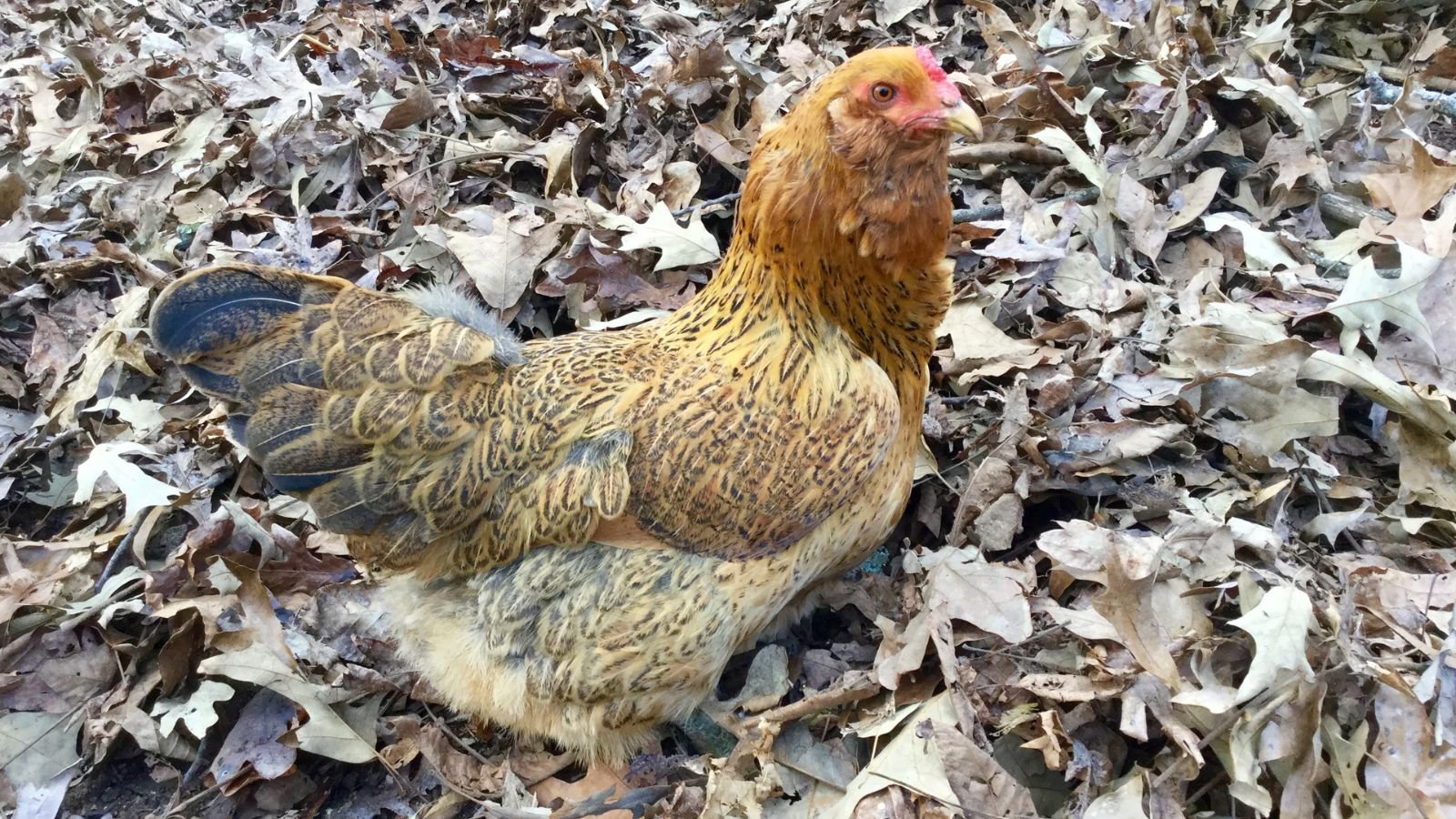 Dry leaves are a great bedding source.
Dry leaves are a great bedding source. Every coop needs clean, fresh bedding, and fallen leaves are a good source! By continuously replenishing your chicken coop with that as opposed to commercial bedding, you’re practicing what is known as the deep litter method.
To do this, collect dry leaves (they must be dry so they don’t mold) and store them in a sturdy container of some kind. On the day you want to add them to the coop, throw them on a tarp and drag it to the coop. Cover nesting boxes and roosting areas with a thin layer.
On the floor of the coop and in the runs, apply enough to make a layer at least six to eight inches deep. Continue storing leaves throughout the season, keeping them in a sturdy container until you need them again. As you clean out the coop, keep adding more as bedding.
When you store the leaves, ensure they’re out of the elements where they stay dry. Locate a good place to keep them as you collect them throughout the fall season. If any leaf litter gets wet, do not use it in the coop. Mold can make your chickens sick. Keep turning and replenishing throughout the season to keep things fresh.
As mentioned at the beginning of this piece, only use non-toxic species for this.

Compost Them
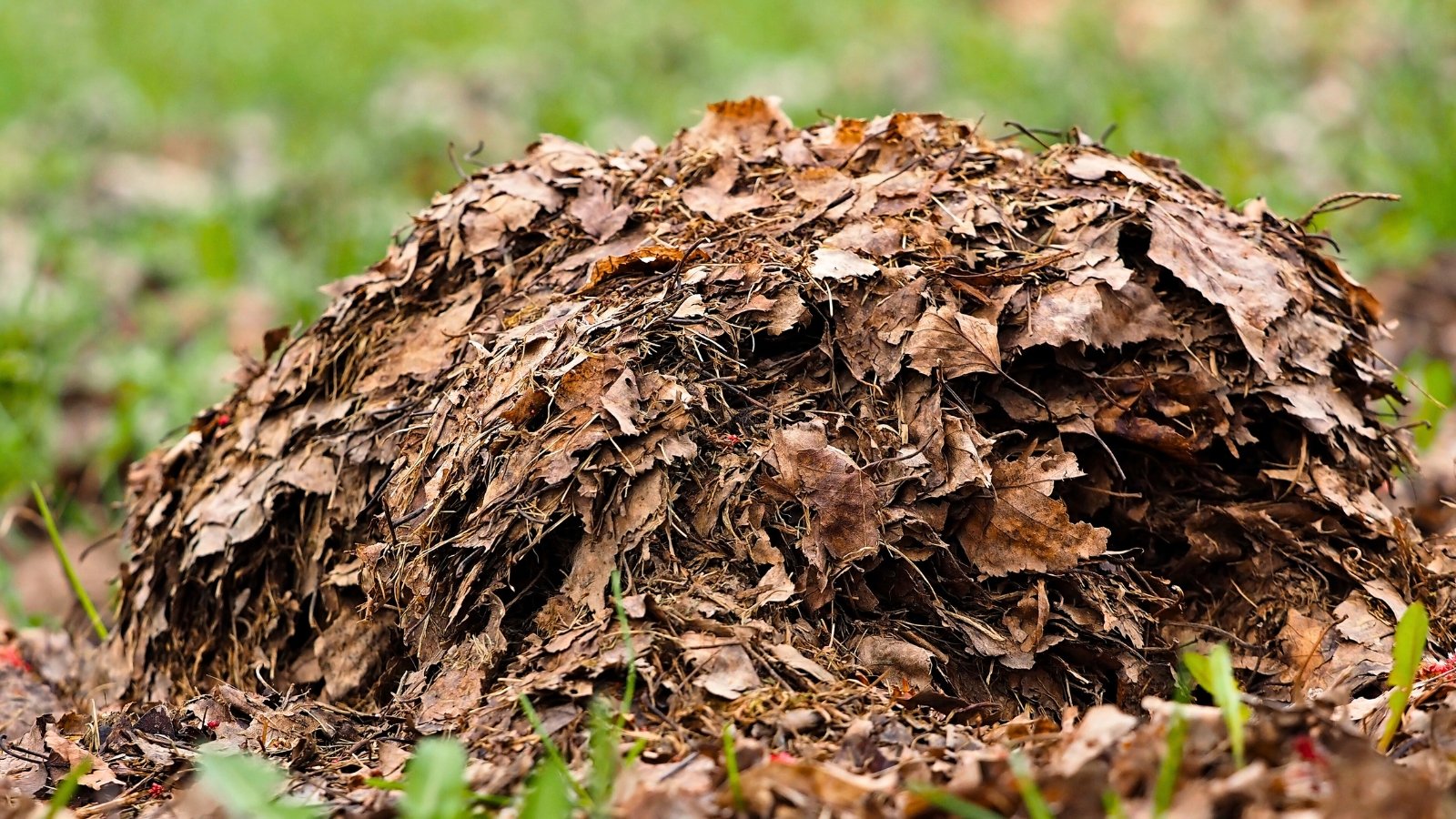 Compost is also useful to have in the garden.
Compost is also useful to have in the garden.When you’re done with the bedding, simply compost it with your chickens’ manure. This offers your garden an awesome source of nitrogen as you get it ready for spring. Combine chicken manure and leaves with other compost sources, and you’ve got a great nutrient profile for enriching your soil.
Of course, if you would rather stick with the commercial bedding and chicken scratch, you can skip all of the above and just compost the leaves. Then apply them in your garden as you see fit.


 14 hours ago
2
14 hours ago
2
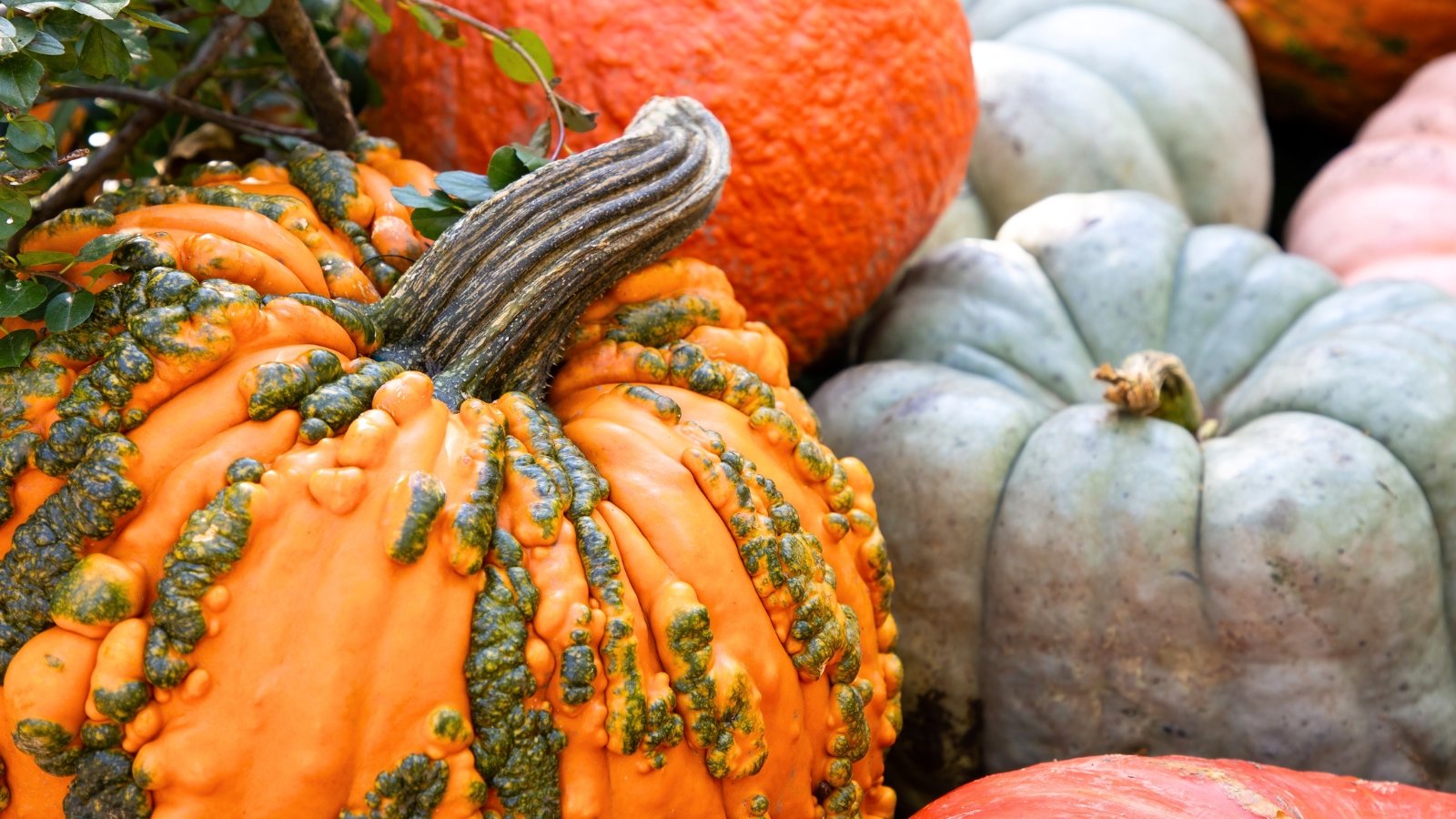
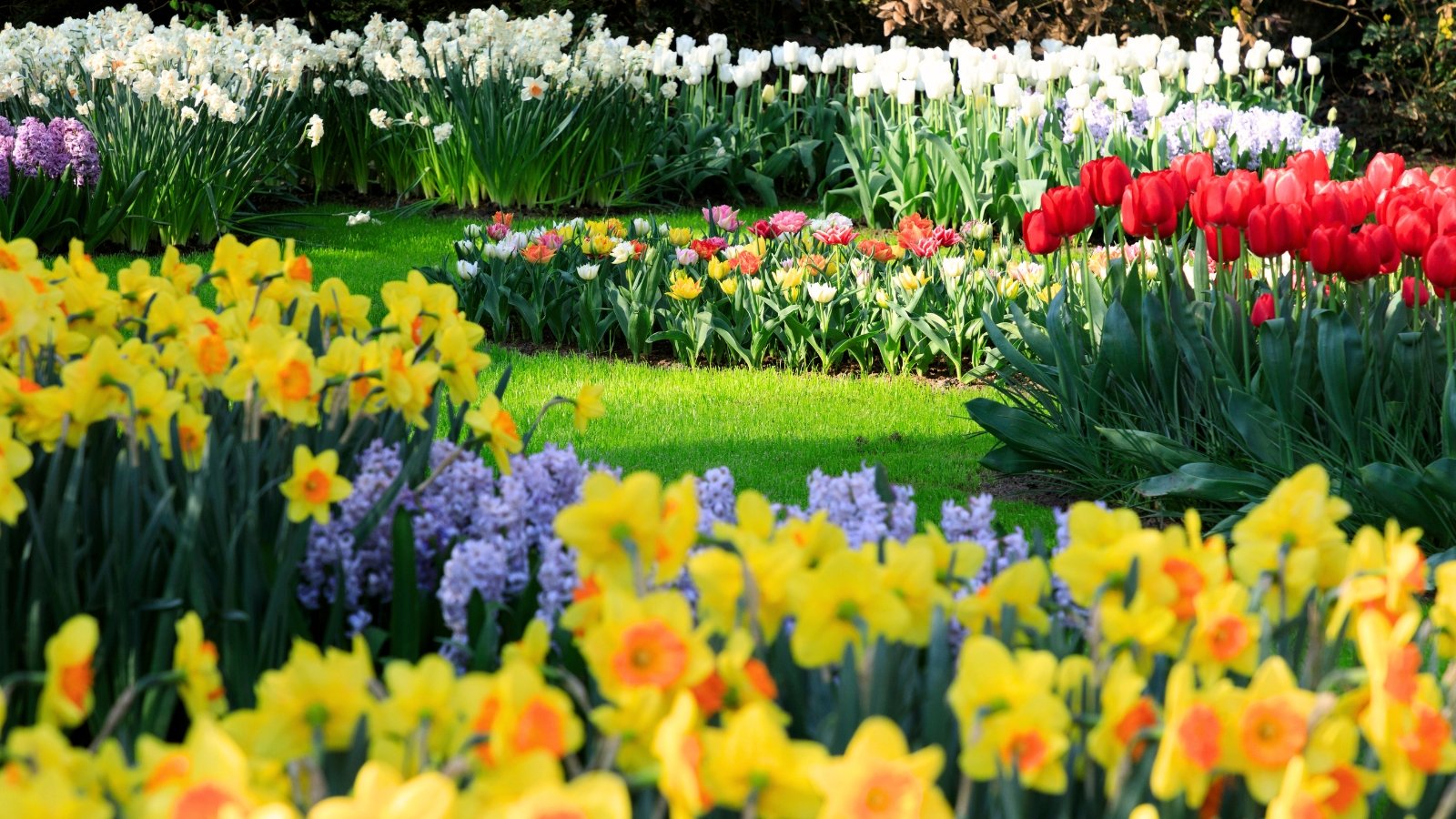
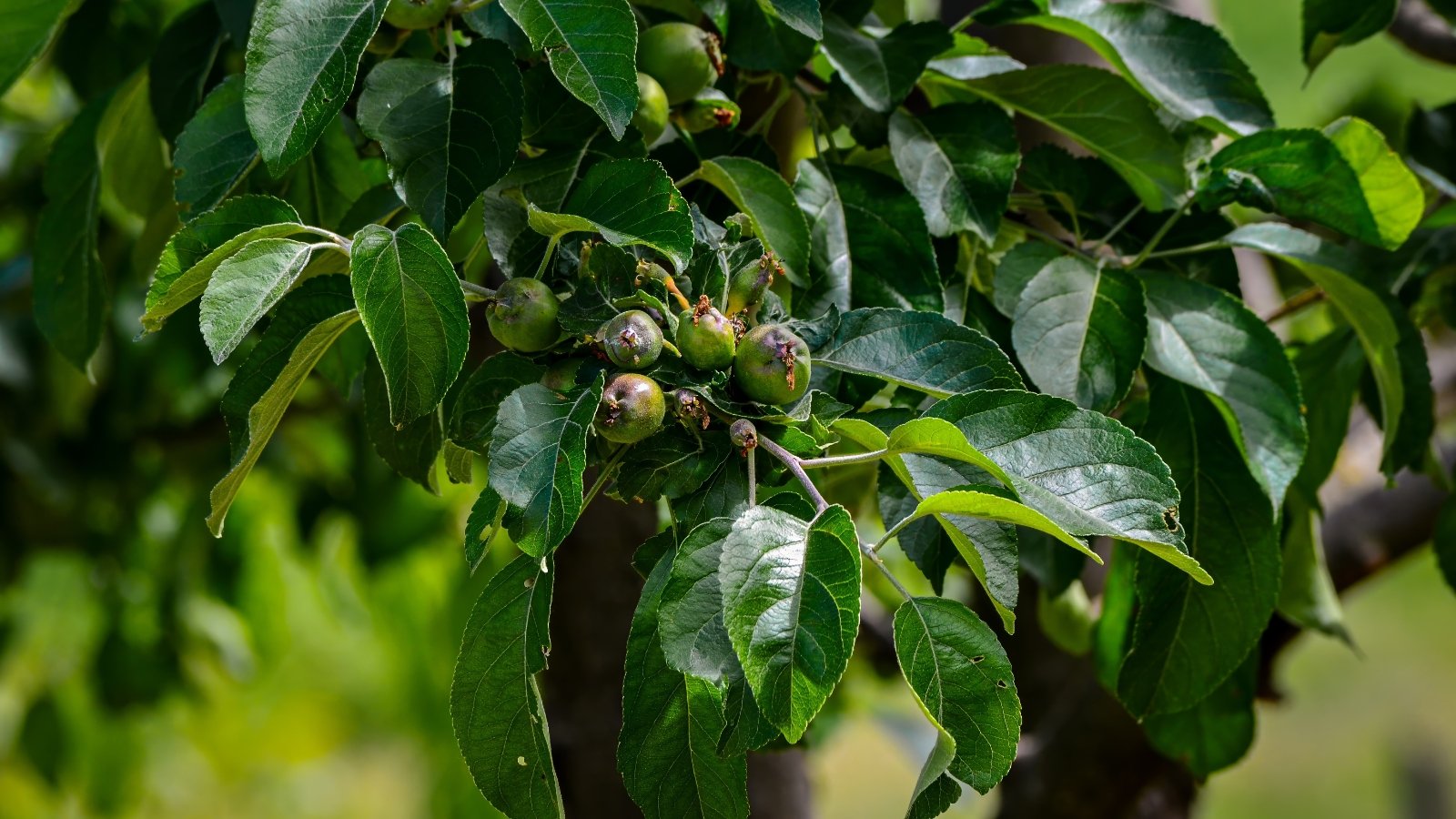
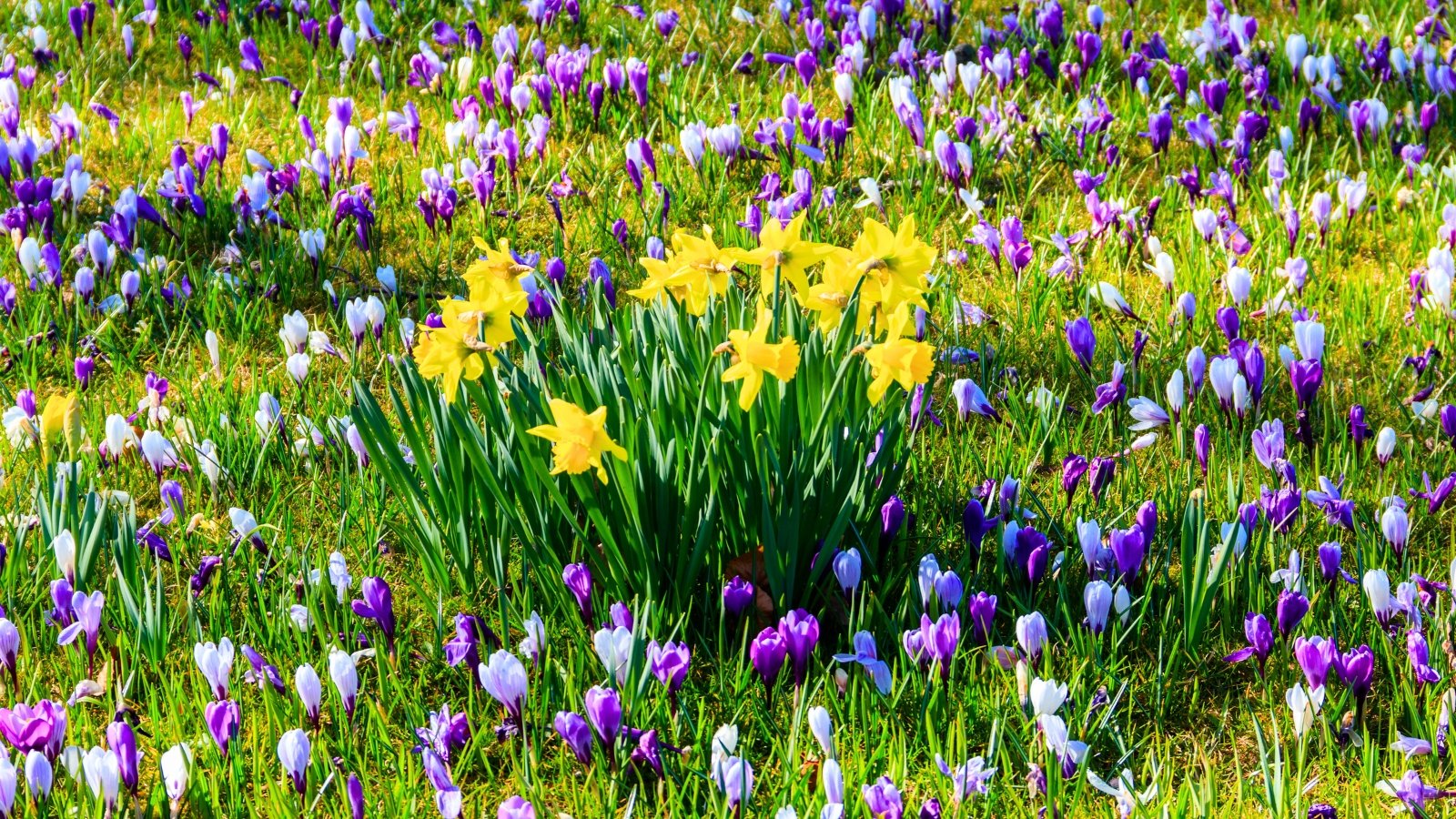
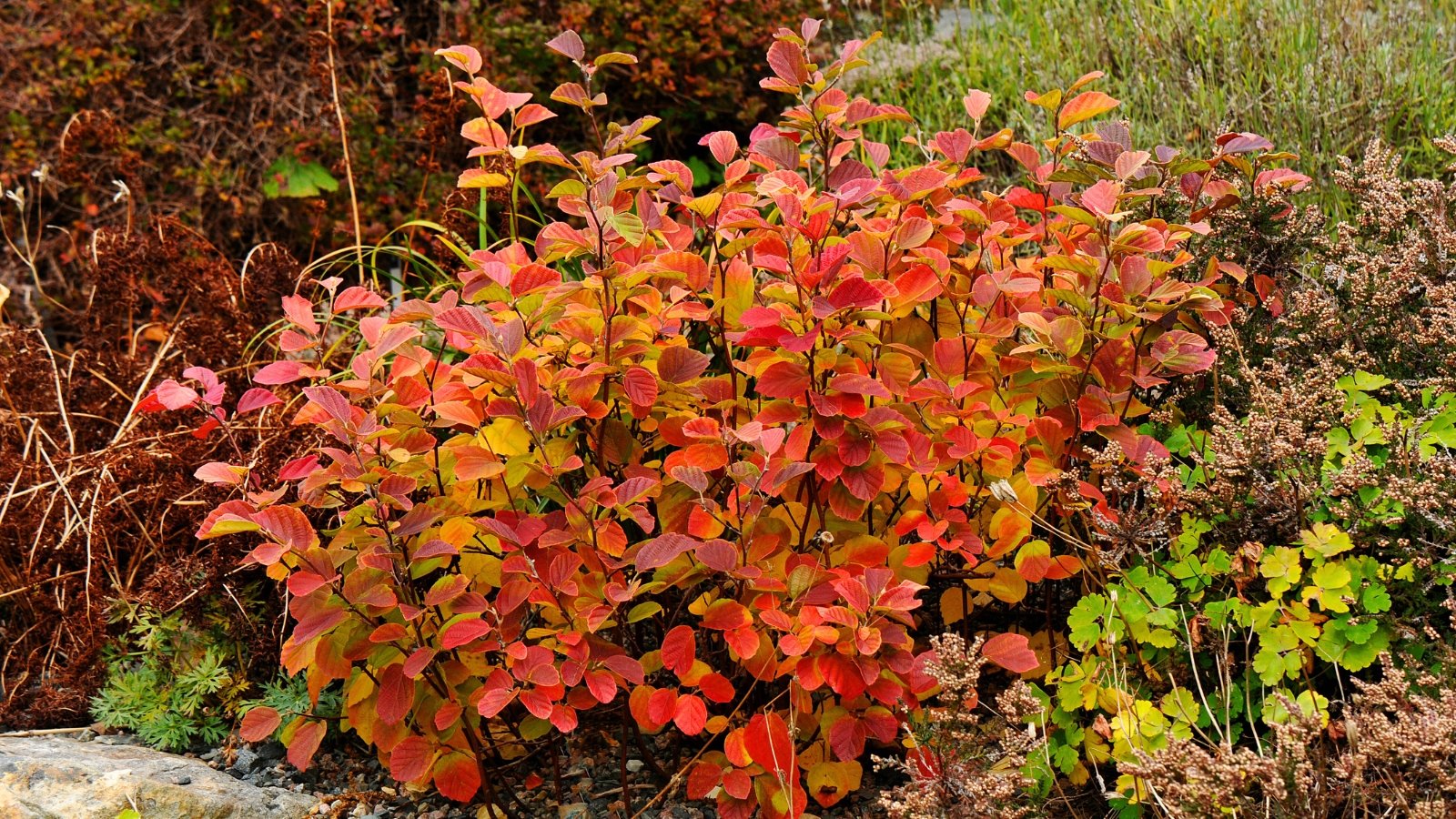
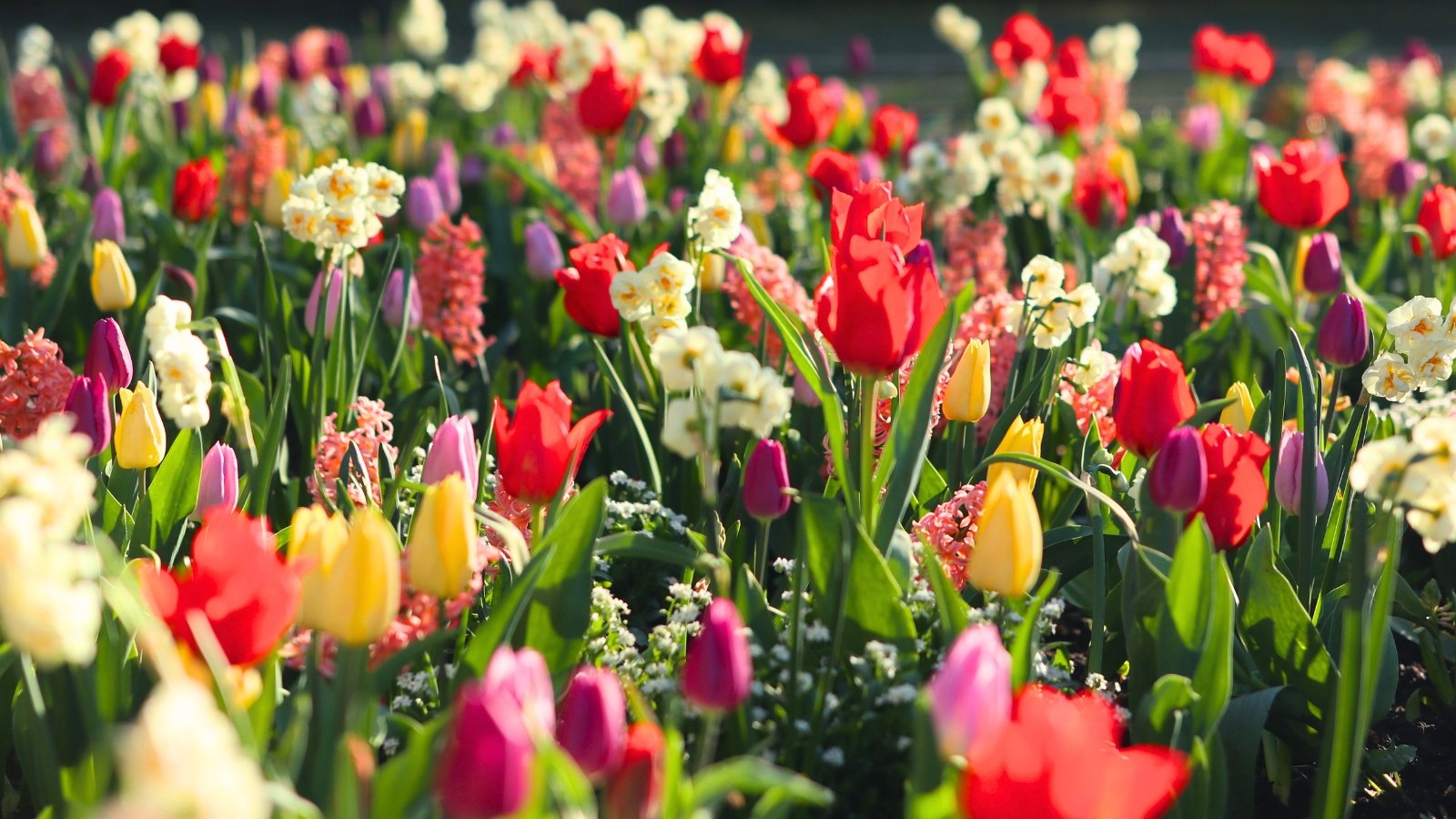















 English (US) ·
English (US) ·  French (CA) ·
French (CA) ·